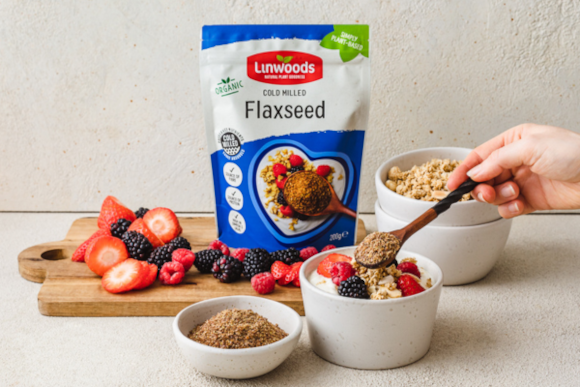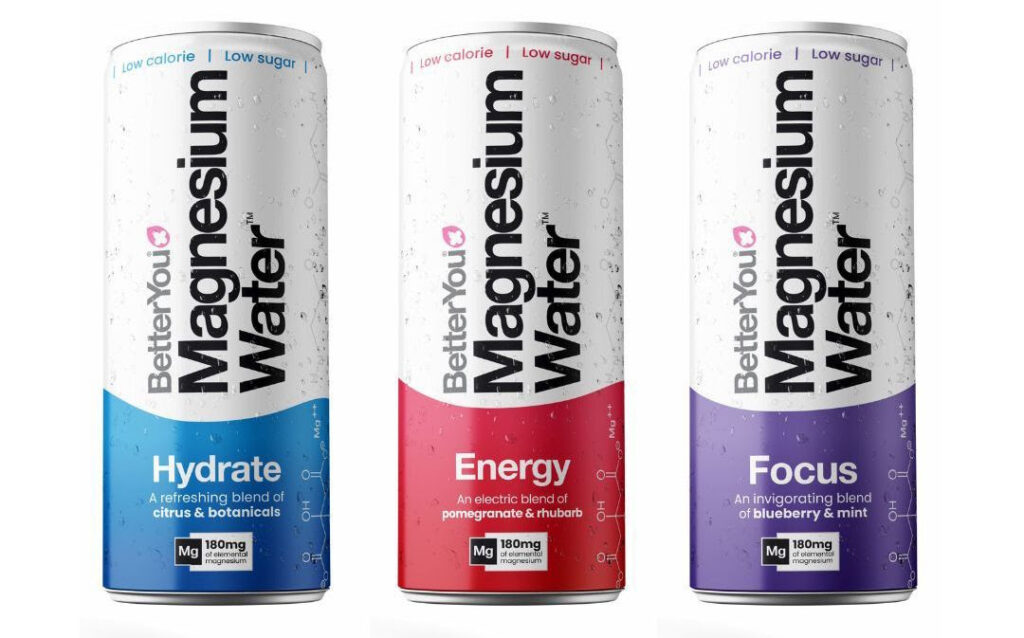The Hidden Dangers Lurking in Your Holiday Décor
A Christmas tree lights up any room or space and brings with it joy, cheer and happiness. But did you know that the Christmas tree for some allergy sufferers brings nothing but misery? If you are an allergy sufferer and find that the annual Christmas tree can spark a collection of allergy issues from a runny nose, sneezing, coughing to itchy, red eyes, then you could be suffering from what is termed – Christmas Tree Syndrome.
Pharmacist Sultan Dajani an advisor to GoldenEye – the experts behind a range of pharmacy eye drops and eye ointments to treat conjunctivitis, styes and blepharitis – explains: “Christmas Tree Syndrome is a real thing.[1] It describes allergic reactions people may experience when a real Christmas tree is in the home. As a result, it can cause symptoms just like hay fever where people experience runny noses, sneezing and coughing as well as itchy, watery and/or red (pink, aka conjunctivitis) eyes and in some cases blepharitis. Itchy eyes can sometimes lead to styes too as it is often very hard not to rub an eye once it starts itching.
“Conjunctivitis, sometimes known as pink eye, is inflammation of the conjunctiva, which is the thin skin on the inside of the eyelid. It is often caused by infection from a virus or bacteria or an allergen. When it happens, the blood vessels of the sclera (the white of the eye) become dilated, giving us that red-eyed appearance. The eyes may also feel gritty, itchy, sticky, burning or be watering more than usual.”
Sultan Dajani continues: “Blepharitis is the inflammation of the eyelids. This can either be anterior blepharitis, inflammation at the base of the eyelid which can be caused by bacteria like staphylococci, or seborrhoeic dermatitis (a condition that causes a red, flaky and itchy rash on your skin. It affects areas of your skin that tend to be greasier, like your face, scalp and chest), or posterior blepharitis, an inflammation of the meibomian glands, which help to produce tears.[2]
“Symptoms may include soreness, itching, a gritty feeling, flakes, or crusts around the roots of the eyelashes and eyelashes sticking together in the morning when you wake up. Such eye conditions are very uncomfortable and require immediate treatment to prevent them from getting worse.”
For those with asthma, being around or having a real Christmas tree in the home can trigger asthma symptoms too. In addition to this, people can also develop a skin rash which is known as Christmas Tree dermatitis.”
Sultan Dajani adds: “It’s worth noting that artificial Christmas trees can also steal the Christmas joy and cause allergy symptoms to flare up as well. They tend to be stored away for around 11 months of the year, and during this time, artificial Christmas trees can amass dust and mould. They are then unpacked and put up in the home where the allergens from dust and mould spores can become airborne triggering allergy symptoms.”
But Why Does The Humble Christmas Tree Cause These Allergy Symptoms?
Pharmacist Sultan Dajani explains; “There are several reasons why Christmas trees can cause these allergic reactions, but it is mainly down to pollen, mould and dust.
“Before they are cut down, Christmas trees collect pollen from other plants around them which stick to them and are then brought into the home.
“Mould is a huge issue and is most likely to be the cause of watery, red, and sore eyes, runny nose or trouble breathing.
“Real Christmas trees carry mould[3], and it thrives in warmer conditions – and during the winter months when the central heating is on, it has the perfect environment to grow.
“In fact, research[4] found a 6-fold increase in mould when a Christmas tree was brought into the room – and mould levels did not fall until the tree was removed. Another study [5] found more than 50 kinds of mould on samples researchers brought in from their own Christmas trees.”
Sultan Dajani continues; “Dust mites are one of the most common respiratory allergens as well. They can be carried into the house on real and artificial Christmas trees as well as on the decorations and lights.
“And while pollen, dust and mould from a Christmas tree cause challenges for allergy sufferers, so too does the scent. Many of us love the smell of a real Christmas tree, but the characteristic pine scent is down to a class of chemicals called terpenes, which are found in tree sap – and some people can be allergic to these compounds too.
“Chemicals used at Christmas tree farms may also trigger allergic reactions. Whilst such chemicals may not be true allergens, they can cause similar symptoms.”
Helping To Soothe And Treat
If Christmas Tree Syndrome does strike, Sultan Dajani suggests: “It’s really important to treat the symptoms straight away, to help stop them from developing further, so see you pharmacist for advice.”
For eye health issues such as red, itchy, watery eyes, styes, conjunctivitis or blepharitis, sparked off by an allergy borne out of a real or artificial Christmas tree then GoldenEye® Eye Drops can help to soothe and treat. They contain propamidine isetionate which work by stopping bacteria from growing and multiplying, which controls the numbers of bacteria causing an infection.[6] This eye drop also has antifungal properties.
There is also GoldenEye® Eye Ointment: Containing dibrompropamidine isetionate, GoldenEye® Eye Ointment is for conjunctivitis (red eye), styes and blepharitis (infection of the lid margins and eye follicles). GoldenEye® Eye Ointment contains antiseptics (not antibiotics) which help to stop bacteria from growing and multiplying.
Both are available over-the-counter from the pharmacy.
GoldenEye® Antibiotic Eye Ointment contains the antibiotic chloramphenicol. This product is intended for acute bacterial conjunctivitis in adults and children aged 2 years and over. It should be reserved for acute infection to limit the spread of bacterial resistance to antibiotics (antibiotic resistance).
Sultan Dajani adds: “Consult your pharmacist also for symptoms of runny, itchy nose which may require treatment with a non-drowsy antihistamine or a steroid nasal preparation.”
Jingle All The Way: 7 Self Care Tips On How To Tackle Christmas Tree Syndrome
- Shake It. Shake down the tree to remove as much dust, mould, and pollen as possible before bringing it in the house.
- Hose down. Hose down live trees before bringing them in the house. Mould spores thrive in the damp so dry your tree thoroughly by leaving it in the sun if possible.
- Dust free. Wipe artificial trees and ornaments with a soft dry cloth to make sure they are dust free. Ornaments made of glass or plastic are easier to clean than those made of soft material.
- Treat eyes quickly. If you are an allergy sufferer and whether a real Christmas Tree or artificial Christmas Tree sparks a reaction then you can easily self-treat at home with products from the pharmacy. Conjunctivitis, blepharitis and styes are some of the incredibly common conditions that can easily affect the eye and cause misery to boot. If you have a minor eye health problem, the pharmacy should be your first port of call. The pharmacist can use their clinical expertise and practical knowledge to provide advice and treatment recommendations.
- Timings. Minimise the time you keep a natural tree in the house, so not too long before and after Christmas. Mould spores continue to multiply when the tree is in the house.
- Storage. Store artificial trees and decorations in a cool, dry place. Seal tree sections and decorations in well-sealed boxes to prevent the accumulation of dust.
- Mask-Up. Wear a mask when you retrieve artificial trees and decorations ready for Christmas.





